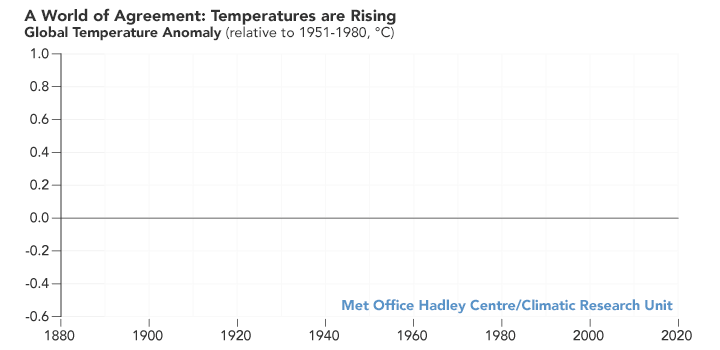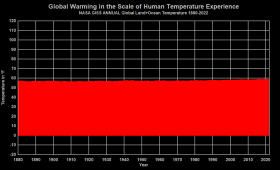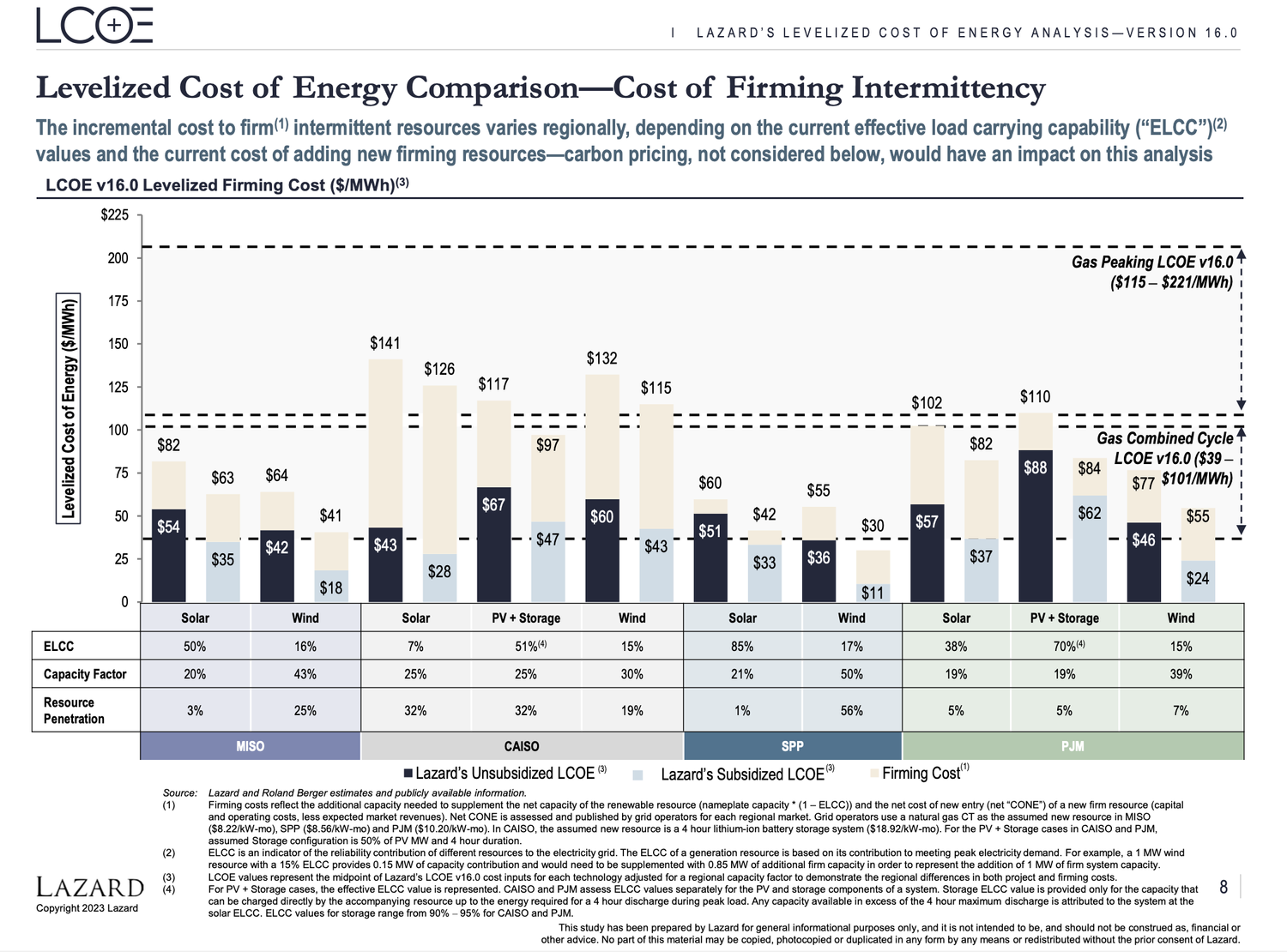Climate Advocacy: Incompetence Or Intentional Fraud?
It’s the question that must always be front and center in your mind when you read anything generated by advocates of energy transition as a supposed solution to “climate change”:
Is this just rank incompetence, or is it intentional fraud? (The third possibility — reasonable, good faith advocacy — can generally be ruled out in the first few nanoseconds.). As between the options that the advocate is completely incompetent or an intentional fraudster, I suppose it would be better to be merely incompetent.
However, often the misdirection is so blatant that it borders on impossible to believe that the author could be so stupid as to actually believe what he or she is saying.
So let’s apply this inquiry to a piece that has come to my attention in the past few days.
From euronews.green we have a piece from November 12 with the headline
“Powered by wind and water: The Canary Island proving it is possible to run on renewables.” The byline is Lauren Crosby Mendicott. Ms. Mendicott announces the exciting news that one of Spain’s Canary Islands, El Hierro, has recently reported that it ran its electricity system entirely on wind and water power for 28 consecutive days. Excerpt:
The smallest of the Canary Islands has achieved a record of only using wind and water power for 28 consecutive days. . . . [T]he 1.1 million-year-old volcanic island is on route to being 100 per cent energy self-sufficient through clean, renewable sources. Its 10,000 inhabitants and local government are equally committed to the sustainability of the island.
Wow, that’s great! But OK Lauren, tell us more. If the system ran on just wind and water power for 28 days, what happened on days 29, 30, 31 and thereafter? Can we expect that with just a few tweaks the system can get to running 365 days a year on its wind/water system without fossil fuel backup? Or is it in fact nowhere close to that goal? Unfortunately you will not find any information on those subjects in Ms. Mendicott’s piece.
As readers here know, I have been somewhat focused on the El Hierro project for several years, because it is the closest thing in the world to an attempt to build a demonstration project to show that wind power combined with energy storage can create a fully-functioning electricity grid without fossil fuel backup. I have had numerous pieces over the years dealing with the results of the El Hierro project, most recently
this one on September 30, 2023. My conclusion from the data available at that time:
The Gorona del Viento project (wind turbines and a pumped storage reservoir) on El Hierro Island off Spain fails worse and worse every year.
The El Hierro system has wind turbines and energy storage from a pumped hydro system with nameplate capacity seemingly well in excess of peak electricity usage on the island. So theoretically they should have no problem getting all of their electricity from the wind/storage system — right? And yet, when you look at their annual data,
somehow they only seem to average about 50% of annual electricity from the wind/storage system. Sometimes it gets to 70% or so for a few months, but then at other times it drops back to as little as around 30%. When I visited the Gorona del Viento website back in September, I found data for what it claimed as hours of operation on “100% renewable” generation for the years 2018, 2019 and 2020 — and nothing thereafter. For some reason, they had stopped reporting these data after 2020. The numbers were 2300 hours in 2018, 1905 in 2019, and 1293 in 2020 — a rather precipitous ongoing decline. Given that there are 8760 hours in a non-leap year (24 x 365 — likely beyond Ms. Mendicott’s math skills) these numbers represent shockingly small percentages of the annual operation of the system, declining from 26.3% in 2018 to only 14.7% in 2020 (a leap year with 8784 hours).
Going back to the
Gorona del Viento web site today, I find the same figure of 1293 hours of “100% renewable” generation for 2020, and no subsequent data. Maybe those data are lurking somewhere in the Spanish-language portions of the site where I can’t find them. But somehow I think that if they had some great news to report on that subject, it would be front and center.
El Hierro is blessed with a rare near-perfect site for a pumped-storage hydro facility, with a volcano rising nearly straight up from the sea and a big crater on the top to store the water. Here is a picture of the shoreline, with the mountain rising nearly perpendicular out of the water:
And yet, despite having such a rare near-perfect site for a large pumped hydro storage facility, the El Hierro system does not have nearly the energy storage needed to provide full-time electricity from the wind/storage system. It would need to multiply its storage capacity by at least an order of magnitude to come close to 100% electricity from this system. Meanwhile, most of its electricity comes from a backup diesel generator — a fact nowhere mentioned in Ms. Mendicott’s piece.
So, is the piece mere incompetence, or intentional fraud? Several factors would seem to give strong support to the inference of intentional fraud — failure to mention the diesel backup at all; failure to mention the number of hours in each recent year where the diesel backup had to be called into activity to keep the lights on, and whether that number of hours was trending up or down; failure even to consider how much energy storage would be needed to enable the system to operate full time without the diesel backup, and whether there are any plans to provide that amount of storage or at what cost. Is it possible that someone could write a piece on this subject without even being aware of these issues? You be the judge!
www.zerohedge.com











